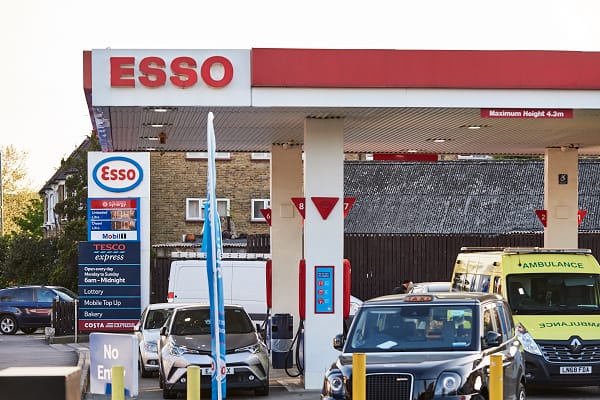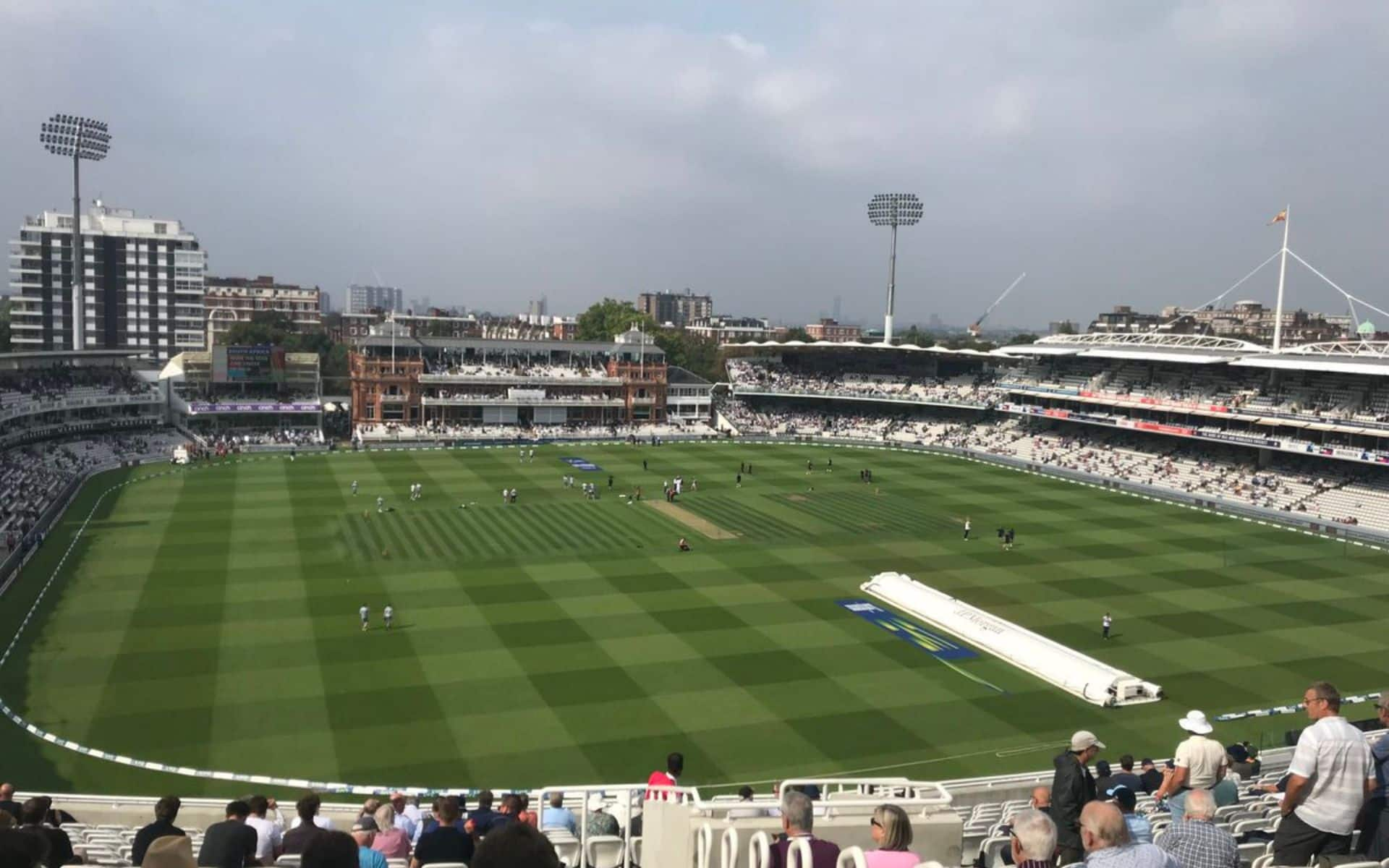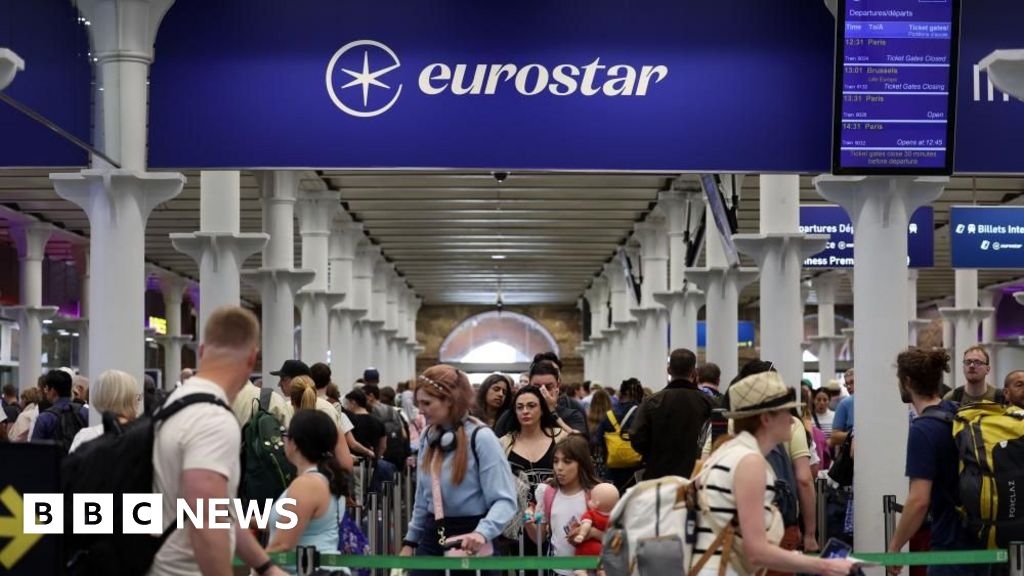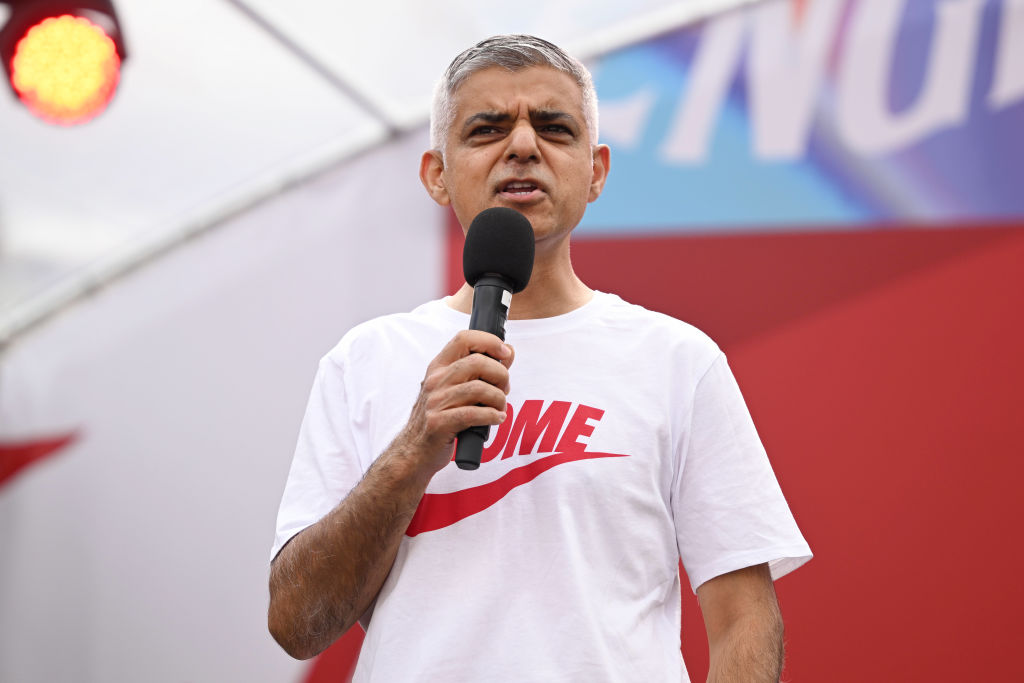Travel
London’s nightlife is in crisis
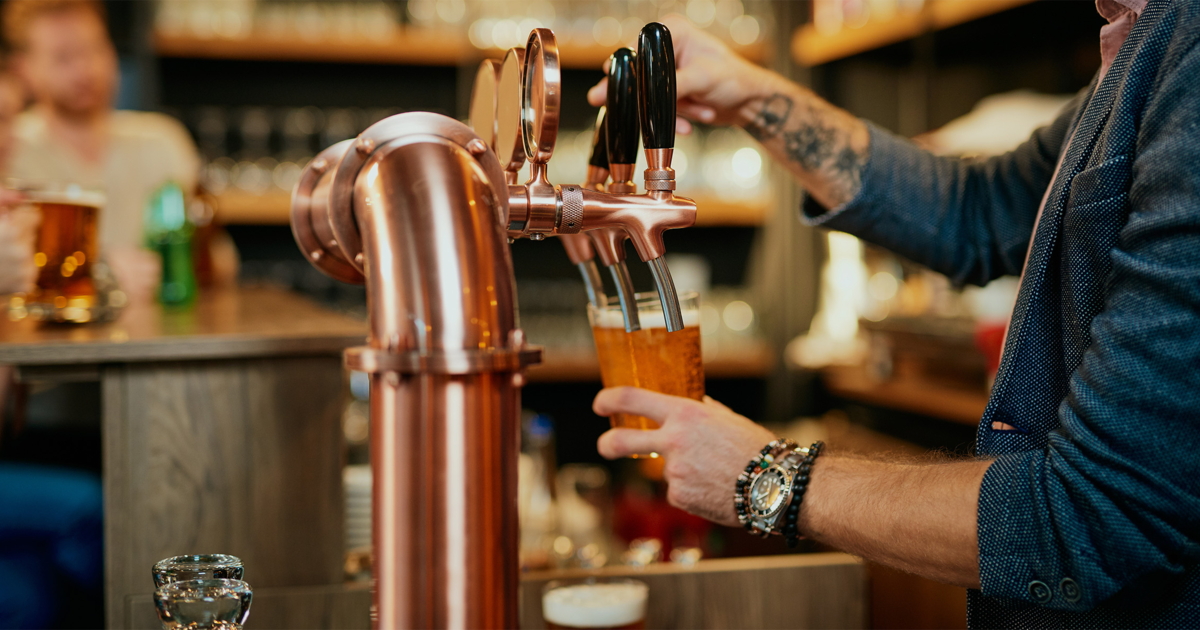
“Swinging London”: when you think of the vibrant metropolis on the Thames, you often think of hustle and bustle until the early hours of the morning. Soho and Covent Garden are considered the dream locations of many tourists in search of parties. But the reality is different: When guests stream out of one of the theatres in the evening looking for a midnight snack, they are often disappointed. An open pub in the City of London? Hard to find at this time of night.
“When was the last time you had a proper night out in London?”, the Evening Standard newspaper asked its readers in despair a few weeks ago, and the Daily Mail already sees “the destruction of London’s party scene”. According to the «Standard» is a regular quote in the British media from astonished tourists who were thrown out of a pub at 10pm in the glitzy metropolis of London and could no longer find a pub open.
Wave of bar and club closures
There are many reasons. Operating costs, especially for wages, energy and raw materials, have shot up by 30 to 40 per cent, while fewer guests are coming. According to a property analyst, customer frequency in the city fell by 55 per cent in 2022 after the coronavirus restrictions were lifted compared to the pre-pandemic year of 2019.
The Night Time Industries Association (NTIA) estimates that more than 3,000 establishments such as bars and clubs have closed in the British capital since March 2020 – the sharpest decline of any English region, according to the «BBC». One reason: the many people working from home.
Many people with office jobs now only go into the city on Tuesdays, Wednesdays and Thursdays. The pubs in the Westminster administrative district are packed on Thursdays. But the pubs have significantly less time to make money. The phenomenon even has its own name: “TWaTs” – Tuesdays, Wednesdays and Thursdays.
If you then have to pay more than seven pounds (almost eight francs) for a pint of beer, as is the case in most areas of London, many people consider ordering a second glass and staying longer. An inadequate night-time timetable is also repeatedly criticised. Added to this are high property prices – and therefore high rents, which increase the pressure on pub and club owners, especially when customers stay away.
Calls for reforms
The rising cost of living has a grip on large sections of society, even if the rise in consumer prices has recently fallen. Students, an important group for nightlife, are working more to keep their heads above water financially. This is confirmed by studies conducted by the National Union of Students. This leaves less time for students to socialise.
The flagging appetite for nightlife has consequences for the city’s finances. The Adam Smith Institute (ASI) estimates that London’s nightlife contributes £46 billion to the economy. Transport, security, takeaways – many industries benefit from it.
The think tank is calling on the government and city council alike to introduce reforms. Beer and VAT should be reduced, as should regulations for clubs, pubs and discos. In order to revitalise the industry after the pandemic, restaurants were allowed to set up their tables on the pavements and the rush was huge. This is now largely prohibited again.
Finally, the ASI went on to say that transport services should be expanded at night and a greater police presence should be established around the transport infrastructure. “By cutting unnecessary bureaucracy, making this great city safer at night and reducing burdensome costs across the hospitality industry, we can restore London’s reputation as a true 24-hour city.”


